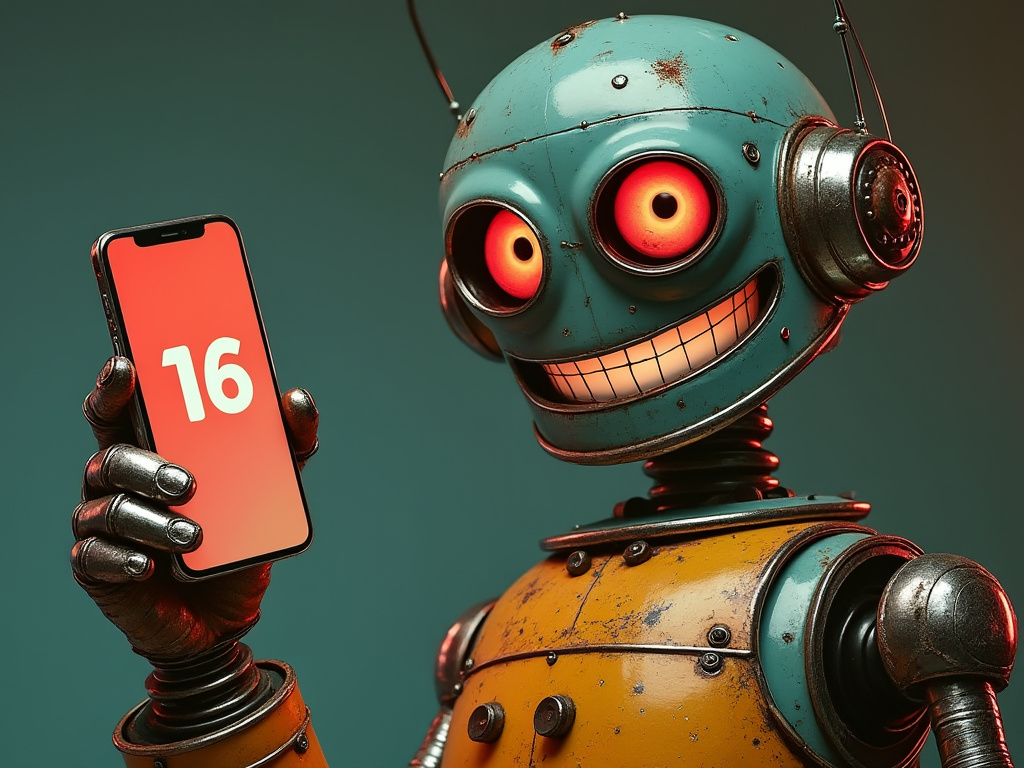A.I. Isn’t Coming, It’s Here: The iPhone 16 and the Future of Work
The future of work with AI is no longer a distant concept; it’s unfolding right before us, epitomized by the recent advancements in the Apple iPhone 16. A.I. Isn’t Coming It’s Here. iPhone 16 and the future of work. This device, designed from the ground up with AI integration, heralds a new era where artificial intelligence isn’t just an add-on but a fundamental component of our daily work tools.
The Positives:
- Enhanced Productivity: AI features like Apple Intelligence promise personalized assistance, making tasks from email sorting to complex data analysis more efficient. Imagine an AI that understands your work context, offering real-time suggestions or automating repetitive tasks, thereby freeing up time for more creative or strategic work.
- Privacy and Security: Apple’s commitment to privacy means these AI functionalities operate with a high degree of data security. Unlike cloud-based AI solutions, on-device processing keeps sensitive information private, which is crucial for industries where data breaches could be catastrophic.
- Innovation in Job Roles: The iPhone 16’s AI capabilities could lead to the creation of new job roles focused on AI management, ethics, and integration, fostering innovation in how businesses operate. This shift might democratize access to AI tools, reducing the need for specialized tech knowledge.

The Negatives:
- Job Displacement: While AI might create new jobs, it’s equally poised to automate others. Roles that involve routine tasks could see significant reductions, leading to job displacement. This shift requires a societal adjustment, including retraining programs to upskill workers for AI-augmented roles.
- Dependency on Technology: There’s a risk of over-reliance on AI, potentially stifling human creativity and critical thinking. If AI becomes the default for decision-making, we might see a decline in human-driven innovation, where intuition and emotional intelligence play significant roles.
- Economic Inequality: The integration of high-end AI features in devices like the iPhone 16 might widen the digital divide. Not everyone can afford the latest technology, potentially creating a new form of economic inequality where access to AI tools determines job opportunities and efficiency.
The iPhone 16’s Role:
The iPhone 16, with its Apple Intelligence, isn’t just a phone; it’s a statement on where technology is heading. Its design for AI from the ground up suggests Apple’s vision for a future where AI is seamlessly integrated into our personal and professional lives. This move could set a precedent for how other devices and platforms incorporate AI, influencing the workplace by making AI tools more accessible and intuitive.
More on Apple iPhone 16 and also from here
Conclusion:
AI, as exemplified by the iPhone 16, is transforming the workplace landscape. While it promises unprecedented efficiency and innovation, it also brings challenges. Job displacement and potential over-reliance on technology are things that do not get the consideration they require. The key for businesses and individuals will be to navigate this AI-driven future with a balance, leveraging AI’s capabilities while fostering human skills that AI cannot replicate. The future of work isn’t just about adopting AI; it’s about adapting to it in a way that enhances human potential rather than replacing it.

